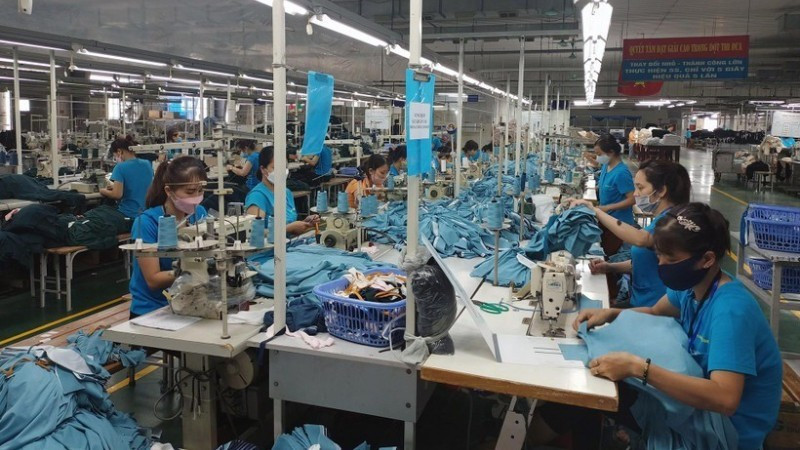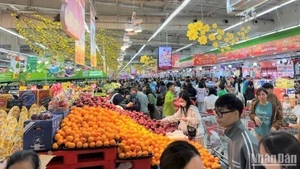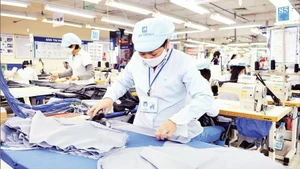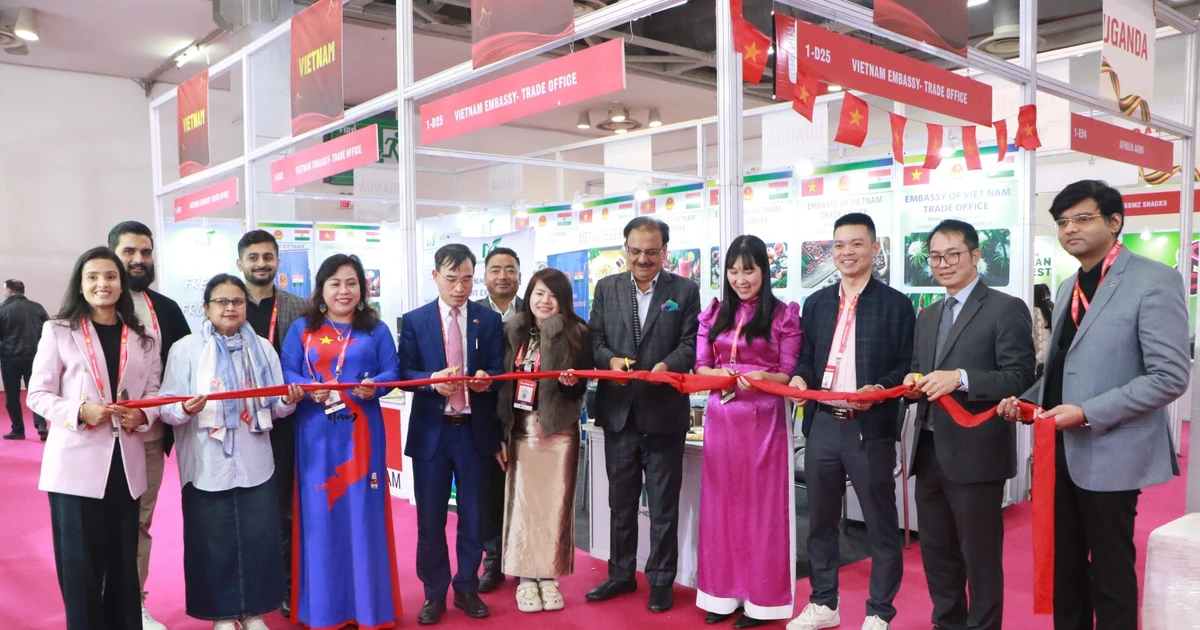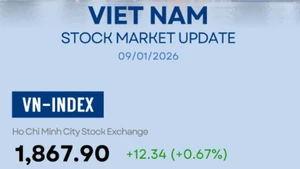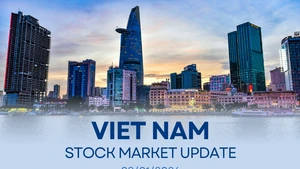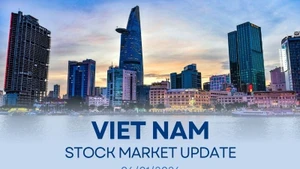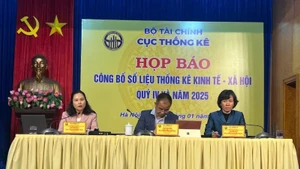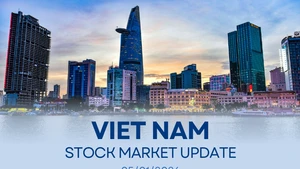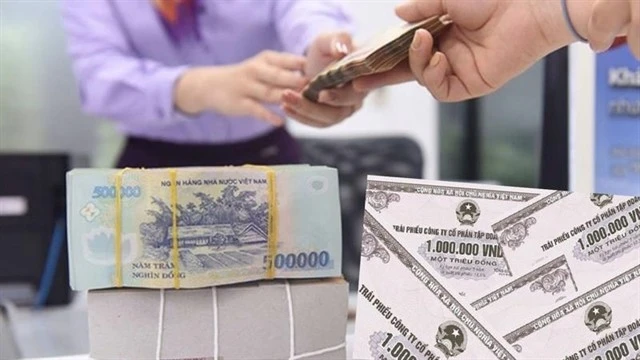Statistics from the General Department of Customs show that as of August 15, total export turnover of textiles and garments reached 28.6 billion USD, an increase of 8.5% compared to the same period in 2024.
With the above growth rate and forecasts of a breakthrough in the peak year-end shopping season, the industry expects to achieve the target of 47–48 billion USD.
In the past six months, the footwear industry also recorded export turnover of over 14 billion USD, up 10% year-on-year. The export of 1.3 billion pairs of shoes annually has helped the footwear industry maintain the world’s second position in exports, just behind China.
In the past six months, the footwear industry also recorded export turnover of over 14 billion USD, up 10% year-on-year. The export of 1.3 billion pairs of shoes annually has helped the footwear industry maintain the world’s second position in exports, just behind China.
These impressive results start from the footwear industry’s effective use of tariff preferences under 17 new-generation free trade agreements signed by Viet Nam, thereby creating a competitive price advantage for footwear products in major import markets.
In the coming time, enterprises will continue to invest and boost production in a green, circular, and environmentally friendly direction to strengthen exports, aiming to soon reach the target of 29 billion USD in export turnover.
By flexibly applying measures to respond to market fluctuations, the textile and garment industry has maintained double-digit growth.
With export expansion to 132 countries and territories, along with partners and customers increasingly placing trust and choosing as a top production base, the industry’s position in the global supply chain has been affirmed.
However, the industry is facing great pressure from the US’s reciprocal tariffs, as exports to this market account for about 40% of Viet Nam’s total textile and garment export turnover. In addition, many bottlenecks remain, such as limited opportunities to access large orders, low unit prices, and reliance on imported raw materials.
In fact, the number of enterprises investing in the yarn, weaving, and dyeing sectors remains quite modest, while provinces and cities often “avoid” dyeing projects due to environmental pollution concerns. To serve production, the textile and garment industry must import over 60% of raw materials from abroad, of which about 80–90% comes from China.
In fact, the number of enterprises investing in the yarn, weaving, and dyeing sectors remains quite modest, while provinces and cities often “avoid” dyeing projects due to environmental pollution concerns. To serve production, the textile and garment industry must import over 60% of raw materials from abroad, of which about 80–90% comes from China.
Similarly, the localisation rate of the footwear industry has only reached 40–50%, with the remainder dependent on imported materials. The essential challenge that needs to be addressed is to raise the industry’s localisation rate to over 70% in the coming years, so that enterprises can take the initiative in production inputs and meet rules of origin requirements.
Although the export turnover of the textile, garment, and footwear industries always accounts for more than 10% of the country’s total export turnover, and Viet Nam is the world’s second-largest exporter of textiles, garments, and footwear, the value generated by the industries remains very low.
To increase value and enhance competitiveness in the market, enterprises are compelled to quickly shift production models from purely processing to modern methods with higher added value, such as original design manufacturing and original brand manufacturing, while also taking initiative in sourcing domestic raw materials for production.
Alongside the self-reliance of enterprises, state support is urgently needed in formulating mechanisms and policies on land, tax, and fees, particularly in the early establishment of research and development centres for the fashion industry supply chain in each region and locality, with a view to improving the localisation rate.
